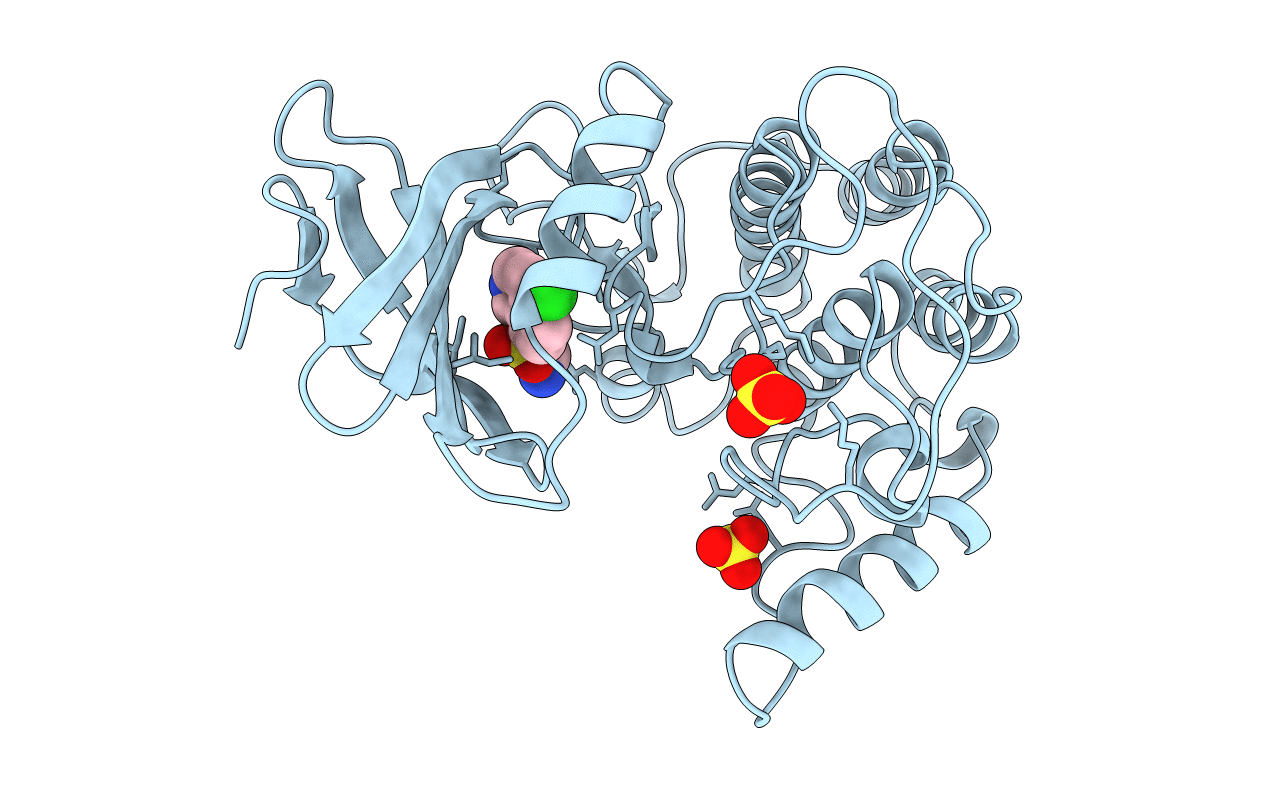
Deposition Date
1995-10-11
Release Date
1996-03-08
Last Version Date
2024-02-14
Entry Detail
Biological Source:
Source Organism:
Schizosaccharomyces pombe (Taxon ID: 4896)
Host Organism:
Method Details:
Experimental Method:
Resolution:
2.50 Å
R-Value Work:
0.17
R-Value Observed:
0.17
Space Group:
P 32 2 1


